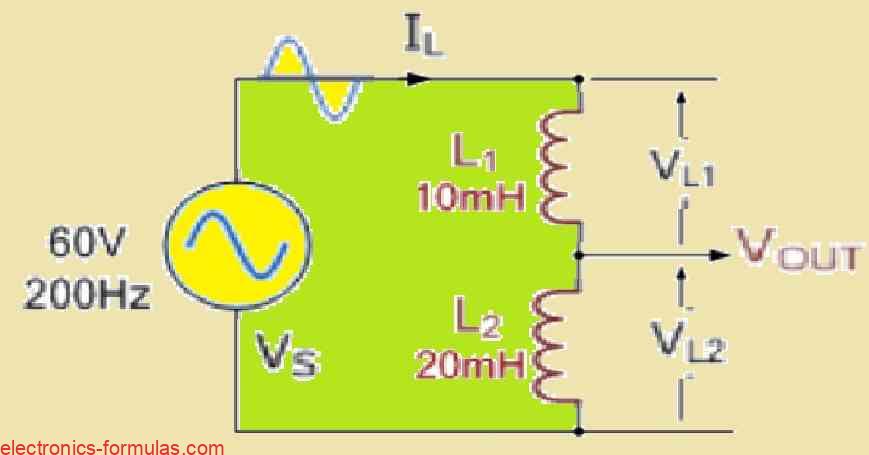One method for analyzing electrical circuits is the Superposition Theorem. It is applicable to circuits that have several independent sources of voltage or current. The theorem basically enables us to dissect the functioning of the circuit and examine the role played by each source separately. In order to accomplish this, we temporarily disable all other […]
DC Circuits
Understanding Electrical Energy and Power, with Calculations
Just think about turning on a light switch and the entire room is filled with light. That is how electrical energy can work its magic. It is that which provides the impetus for many activities in our everyday existence. But what exactly is it? Electrical energy is not only the ability to light up a […]
Understanding Current Divider Circuits, with Calculations
Basically, circuits with parallel components serve as current dividers. Through these circuits, the supply’s total current is divided among many parallel pathways. A practical connectivity system is formed by all components sharing the same two connecting points. With this configuration, the current can flow through a variety of branches and routes. Interestingly, each component’s current […]
Understanding Inductive Voltage Divider Circuits with Formulas
In many electrical circuits, inductive voltage dividers serve an important function in dividing an alternating current voltage source into smaller, more controllable voltages. The inductors in these circuits function by continuously resisting fluctuations in current. Inductors’ ability to effectively split voltage comes from this feature. We can build an inductive voltage divider in different ways. […]
Understanding Capacitive Voltage Divider Circuits with Formulas
Capacitive voltage dividers are circuits, which employ capacitors in series with an alternating current (AC) power supply to produce a voltage drop across each capacitor. The most common use for these circuits is, to safely decrease extremely high voltages for measurements or protection. High frequency capacitive voltage dividers are increasingly being used in touchscreens and […]
Understanding Resistive Voltage Divider Circuits through Calculations
Circuits that consist of voltage dividers allow many voltage levels to be generated from a single voltage source. This source may be a voltage of +5V, +12V, -5V, or -12V, or it may be a negative voltage with respect to ground (0V). A dual supply, consisting of positive and negative voltages such as ±5V or […]





